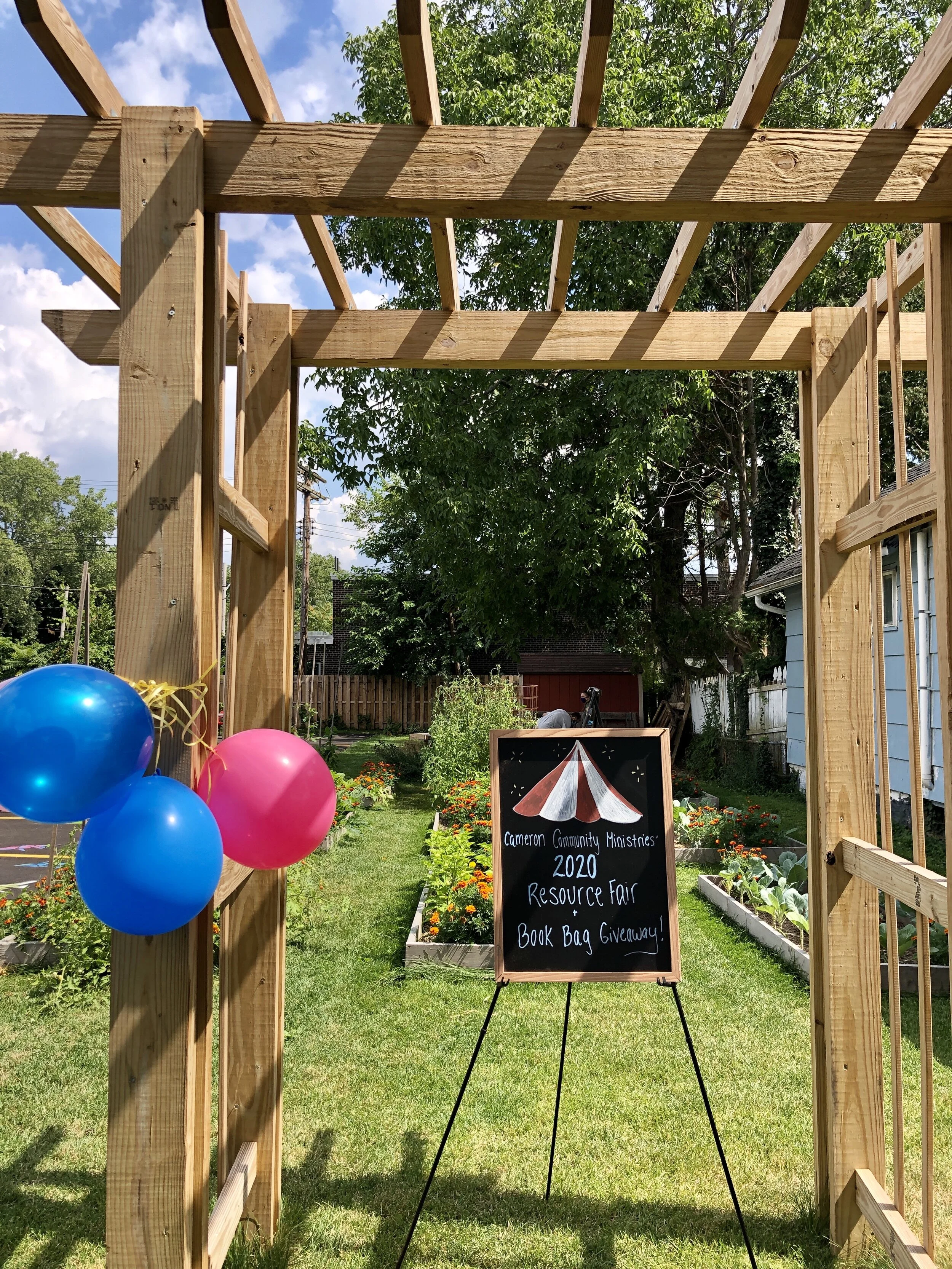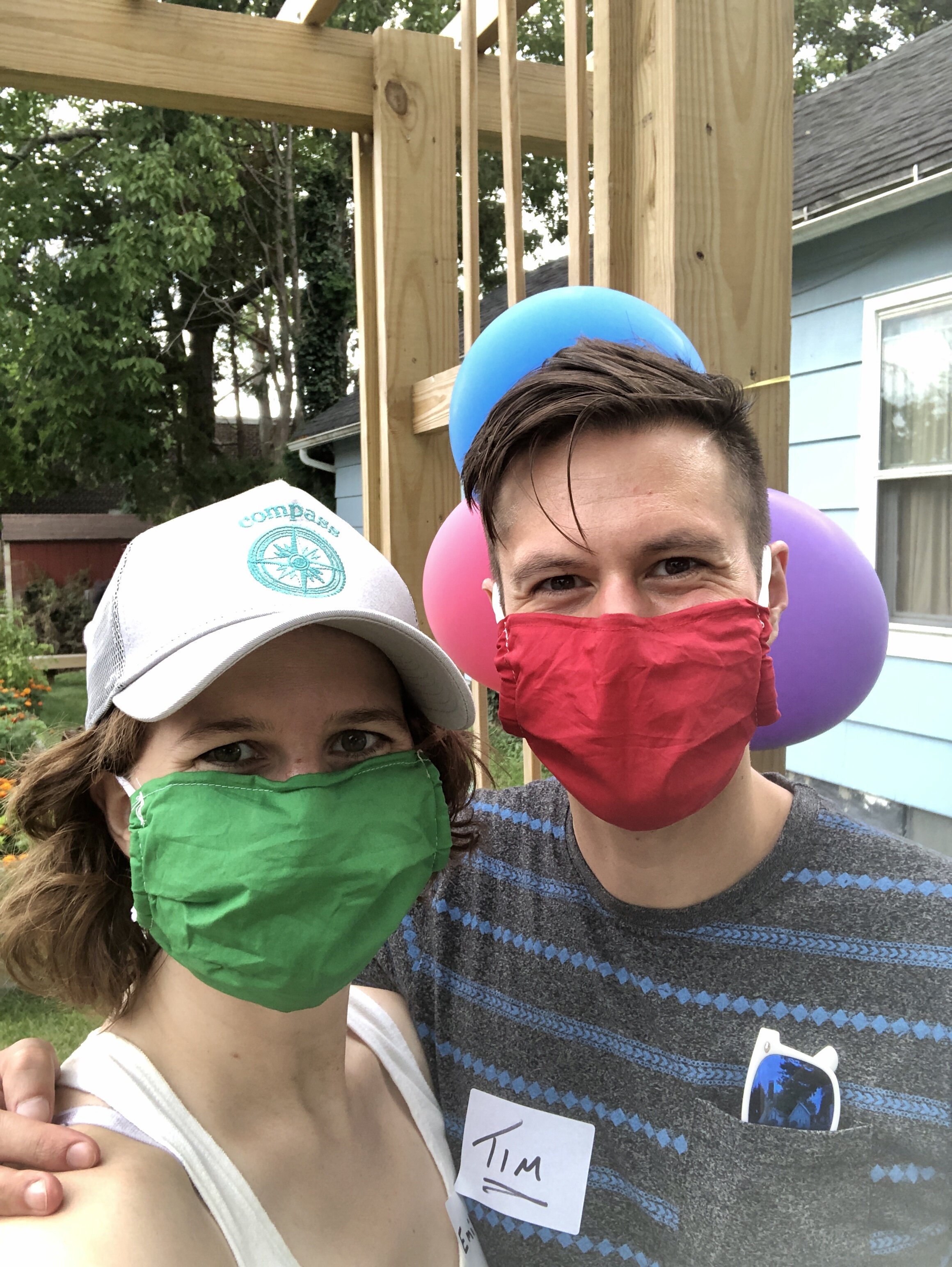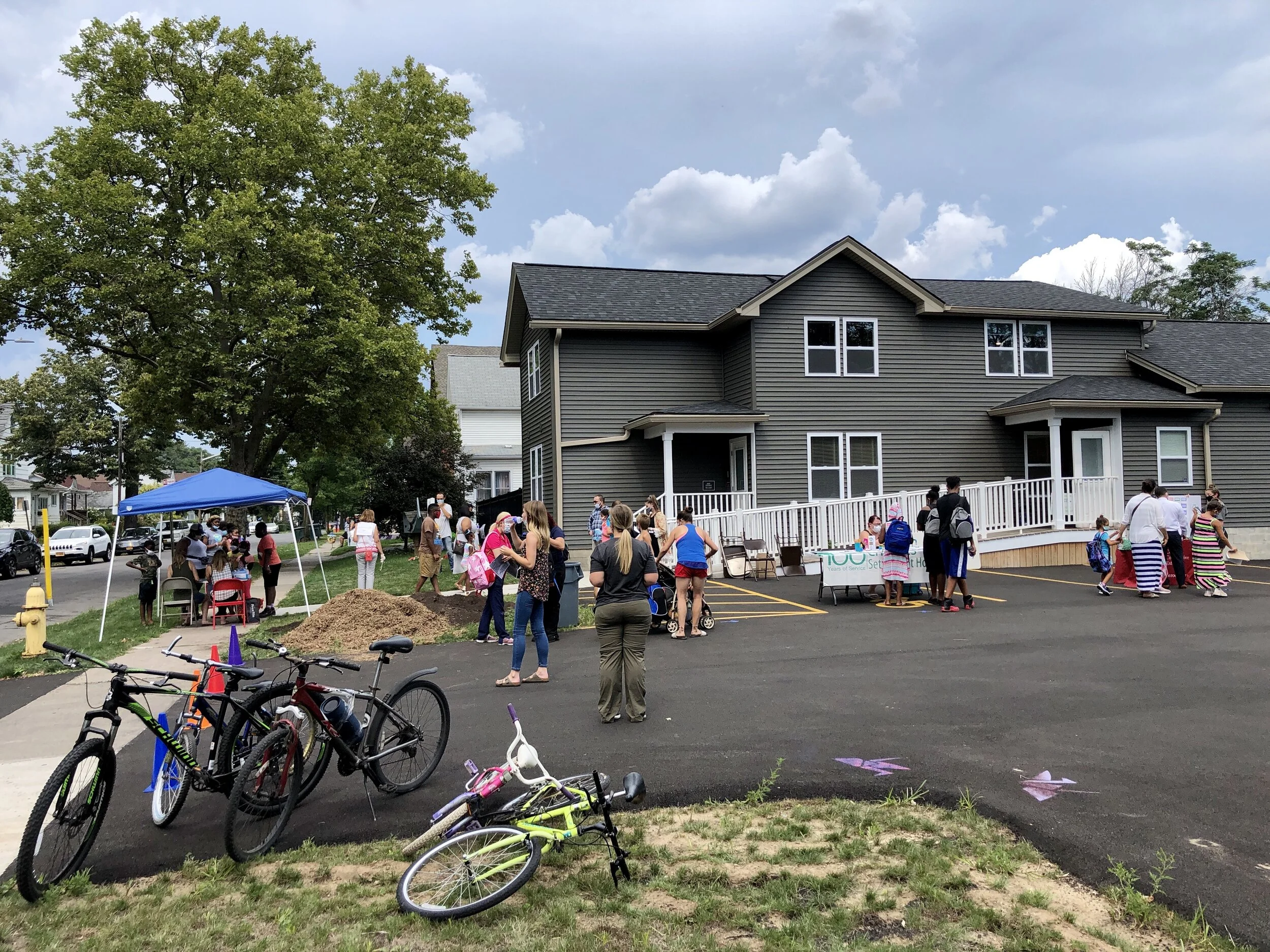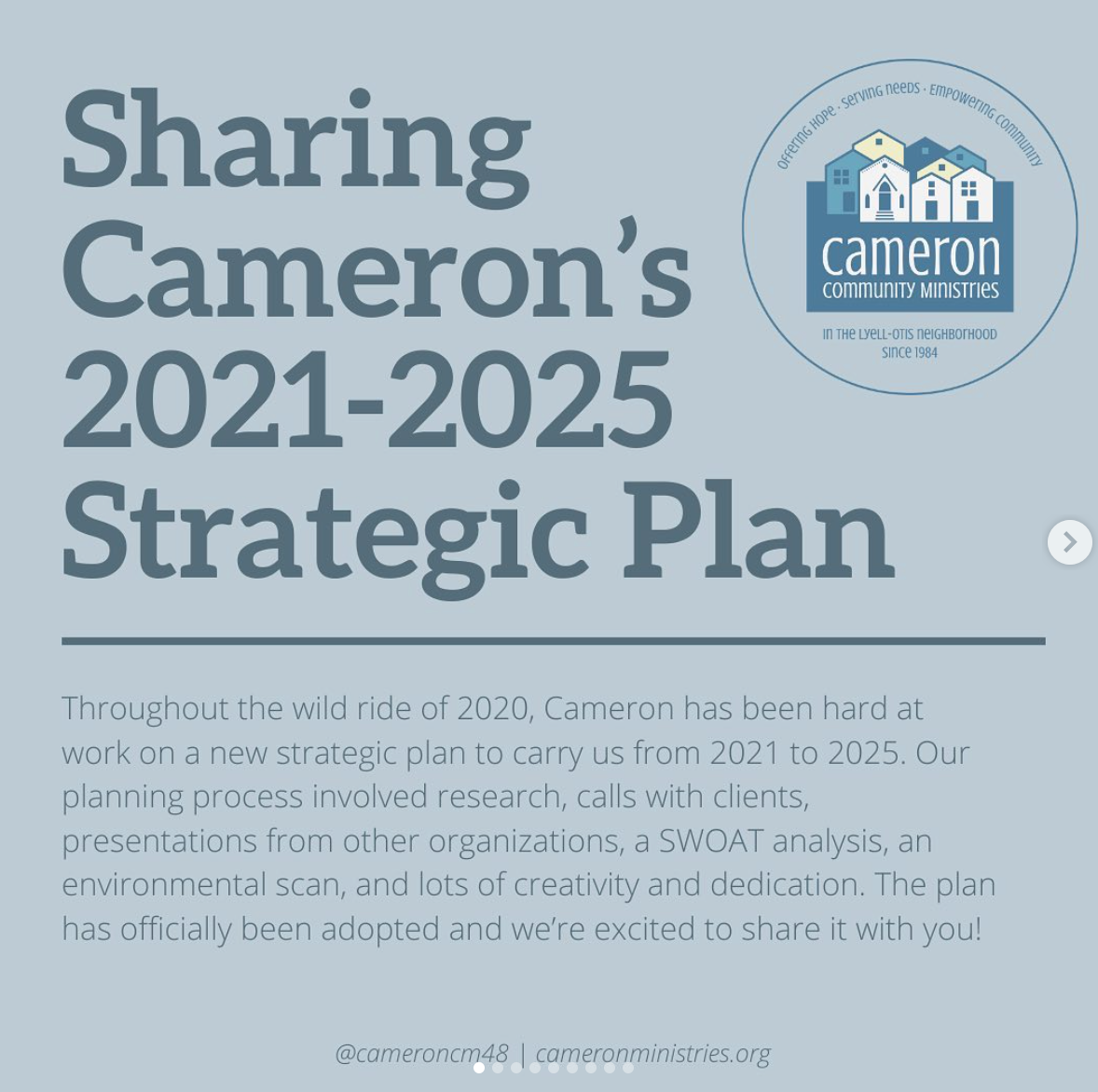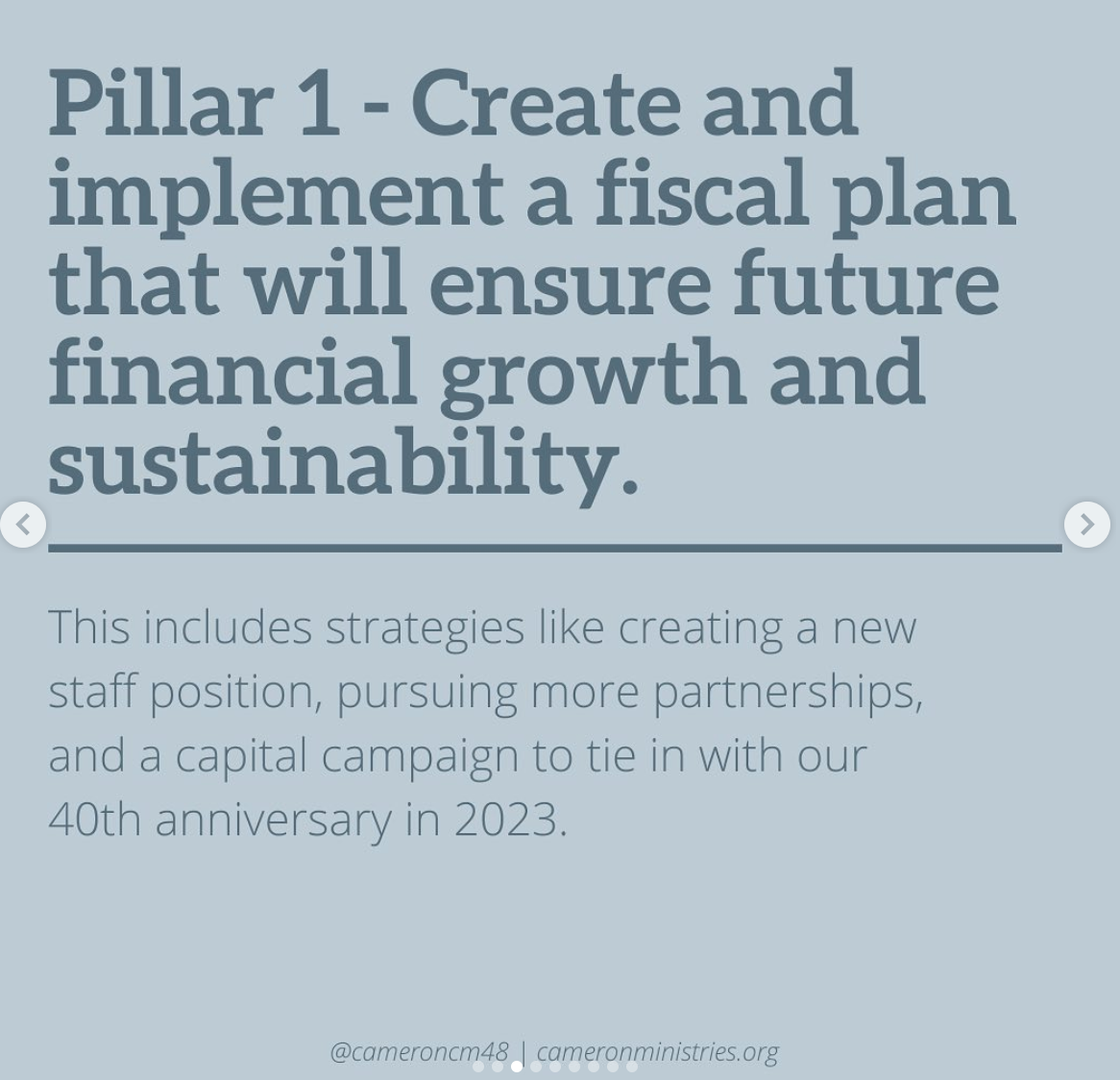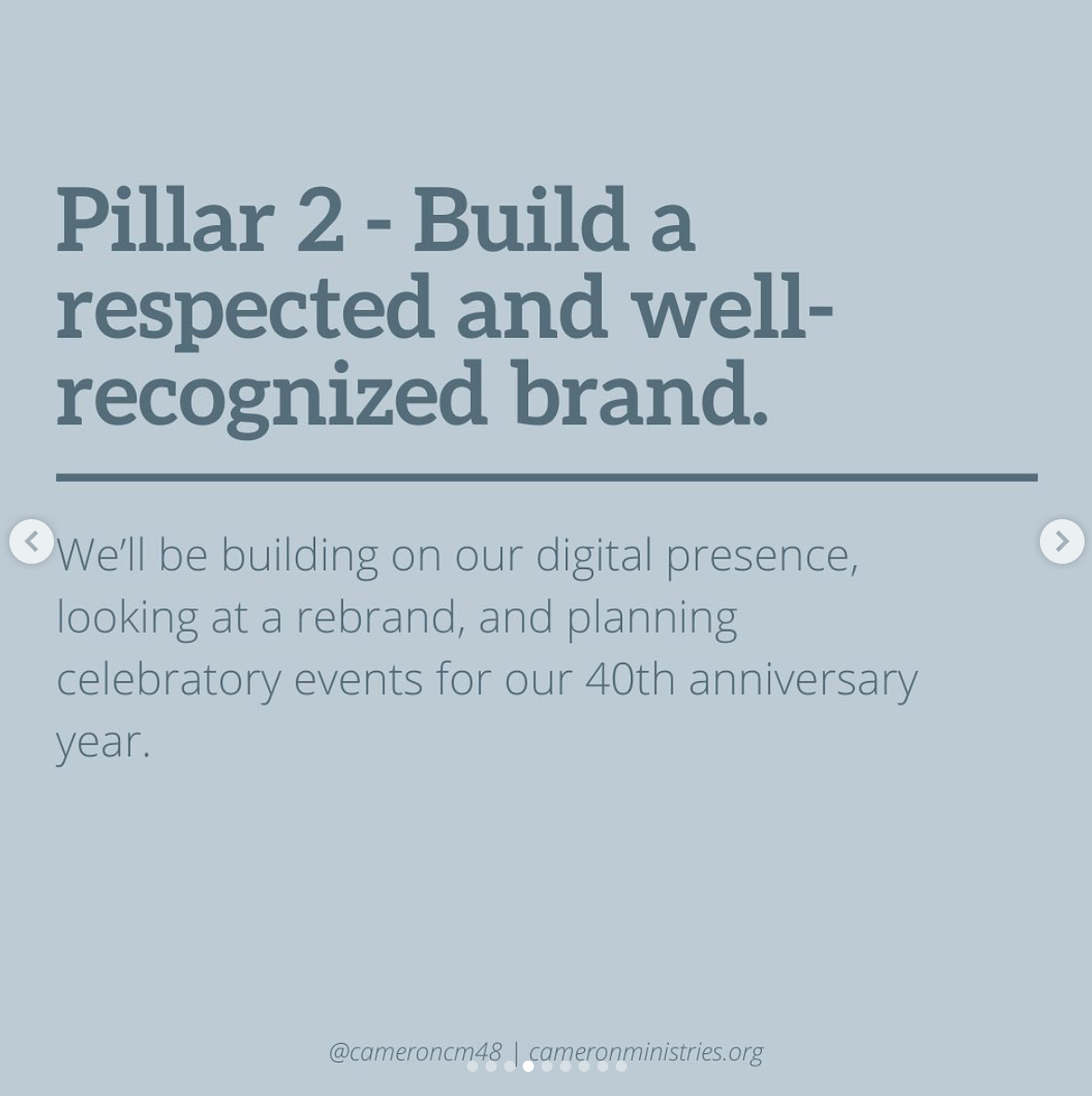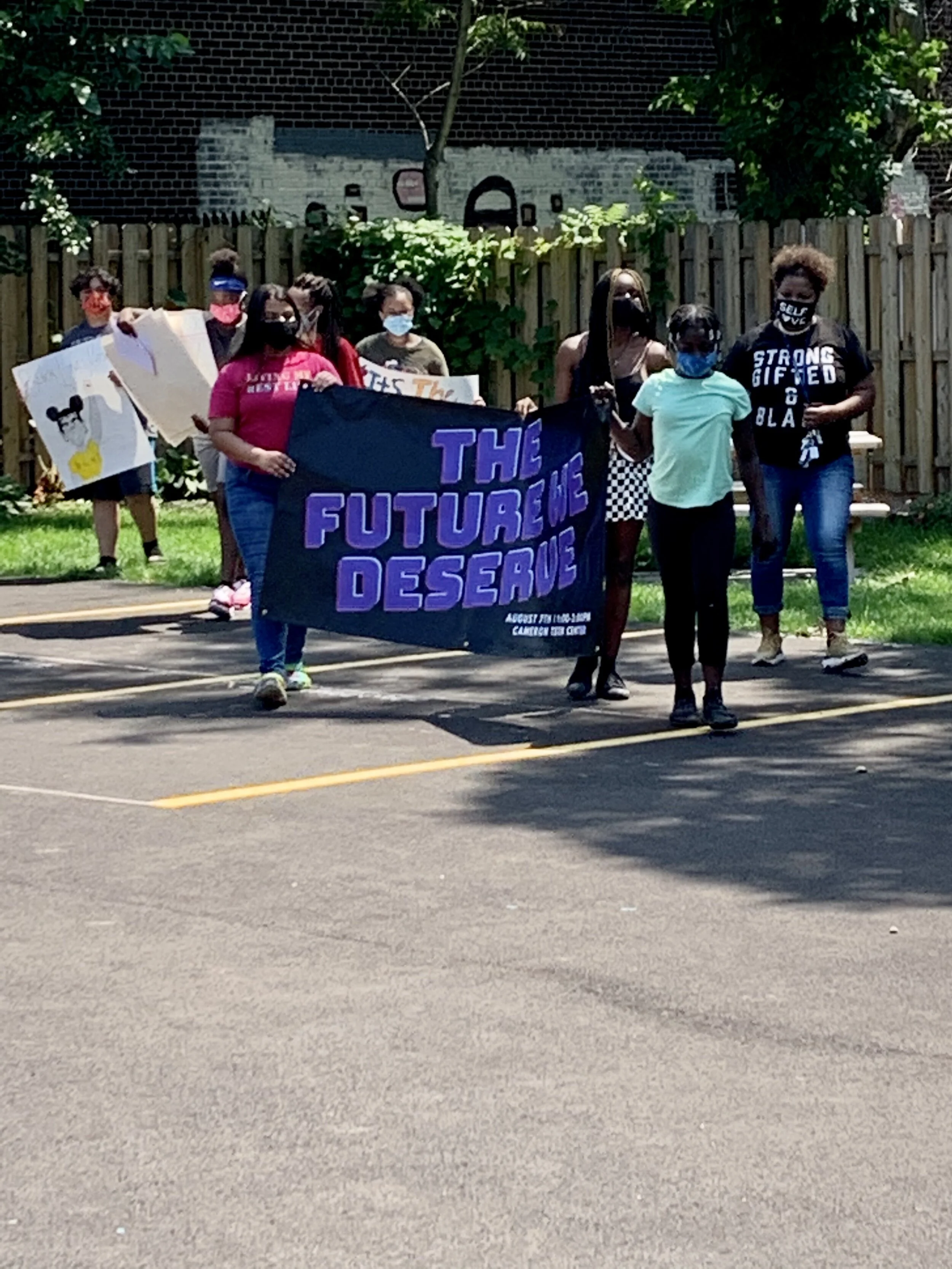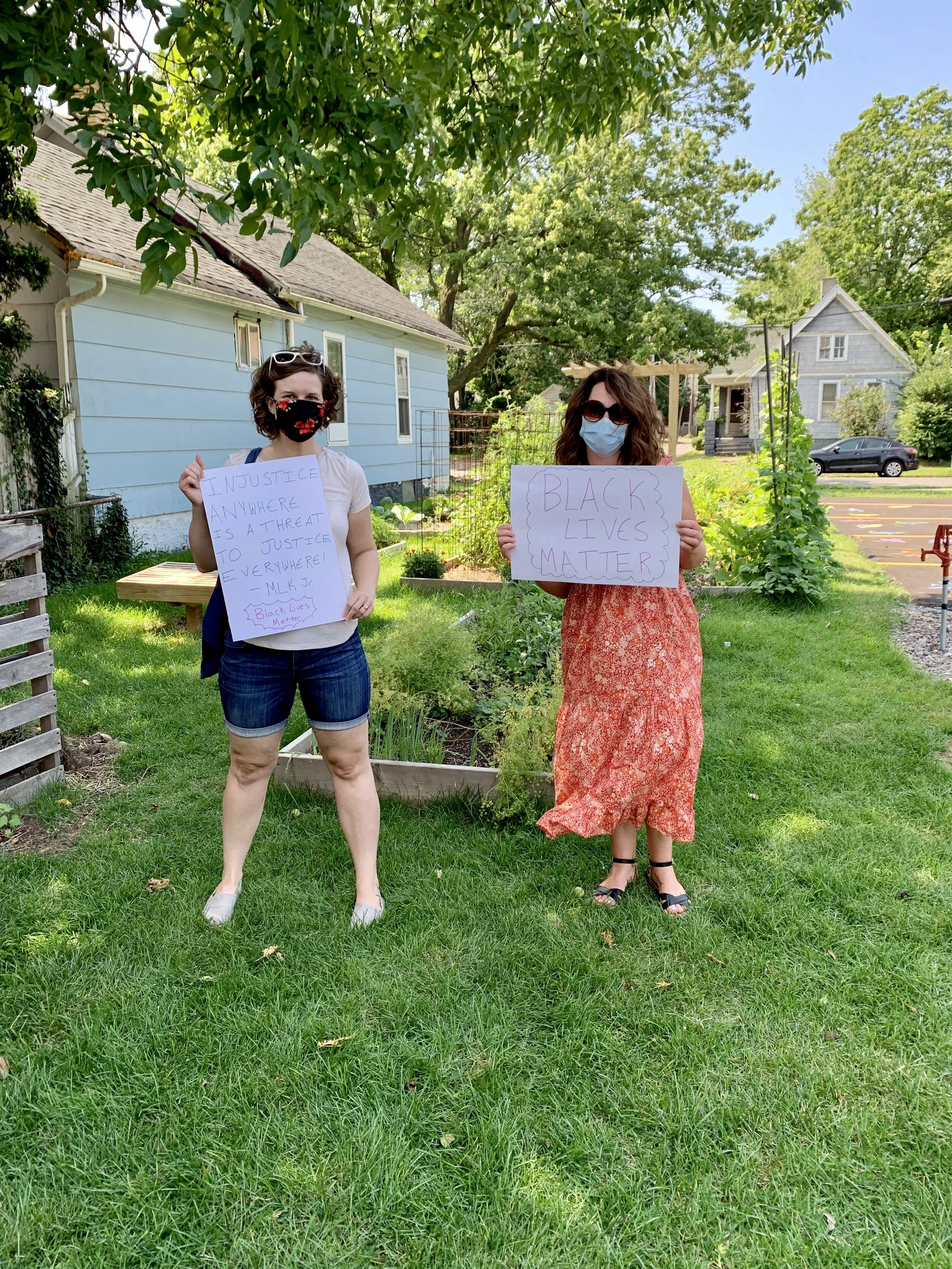What I Learned as Vice President of a Nonprofit Board
/Around this time last year, I wrote a blog post reflecting on what I learned in my first year on a nonprofit board. The blog post was published just a few weeks before COVID shut down the world’s in-person activities. I never could have imagined what my second year on the Cameron Community Ministries Board would be like! I had just stepped into the role of Vice President of the Board, and I wasn’t entirely sure what to expect. Looking back, I want to share a little bit about what a Board VP does, what we worked on at Cameron in 2020, and what I learned along the way.
What does a VP do?
The role of Board Vice President can vary from board to board, depending on the size of the nonprofit organization and the board. Generally, it seems to be a bit of a fuzzy role. Attending executive meetings, stepping up when the president is not available to do so, “other duties as assigned,” all that kind of stuff.
For me, serving as VP has included attending executive meetings each month, leading a portion of our board meeting, and acting as a sounding board for the Executive Director as needed in between other meetings.
What We Worked on in 2020
What a wild year 2020 was. Despite the need to pivot and rethink many of our services when COVID hit, we were still able to serve tons of people and make strides toward future goals as well. You can check out our Program Report and Impact Statement for some impressive statistics! Here are a few things that we worked on in 2020:
COVID Changes
Once the pandemic struck in March 2020, we shifted the way we offer many of our services. We no longer offered sit-down meals for lunch and instead provided lunches on a grab and go basis. We closed the clothing house. People could call in and request food from the food pantry and pick it up with scheduled appointments. An ad-hoc reopening committee helped develop a plan for reopening our services gradually when it was safe to do so.
Eventually, the clothing house reopened with scheduled appointments and plexiglass dividers to keep staff safe. We started offering a full-time Learning and Enrichment Center in September 2020 for kids to go to attend virtual school with in-person support from masked up Cameron staff members. The Teen Center offered a safe place for teens to gather, masked and distanced, inside. We were even able to hold our annual Resource Fair in the summer, out in the parking lot of the Teen Center, with tables spaced out, everyone masked, and plenty of distancing.
Strategic Planning
Who does strategic planning in the middle of a pandemic? We did! It was time for a new strategic plan, and rather than put it off, we buckled down and met via Zoom. We had a fantastic ad hoc committee led by a strategic planning expert, Tom Argust, who kindly assisted us pro bono! We are thrilled with the strategic plan we developed and are excited to execute on it over the next five years. In order to disseminate our strategic plan to the public, I helped our Social Media Coordinator to break down the plan into bite-sized chunks for a helpful social media graphic.
New Website
We were desperately in need of a new website. Our previous site was outdated and the navigation was not intuitive. As we started to brainstorm and consider what our budget might be for a new site, a talented web designer reached out and offered to design us a site pro bono! You can check out the wonderful new site here.
Antiracism & Social Justice Discussions
2020 was a year of reckoning in more ways than one. The pandemic brought many issues in our society to the forefront, and the racial justice reckoning that had been simmering for years reached new heights with the murder of George Floyd in late May. Cameron realized that we could be doing more with social justice. We serve people in the community and meet their basic needs, and we treat everyone with dignity and respect. We aim to empower people. And yet there’s always more any organization can be doing to pursue equity and justice. One of the first things we did during this national time of reckoning was endorse the Rochester Black Agenda Group’s statement that “Racism is a public health crisis.” Because it is.
We held a Board book discussion of Ibram X. Kendi’s How to Be an Antiracist that proved educational. We’ve also incorporated social justice into many of our discussions, brought in a guest speaker to educate us further, and brainstormed ways to fold social justice into our day-to-day work moving forward. This will include things like reevaluating our bylaws and the language we use on documents and our website.
Over the summer, the teens from the Teen Center organized a march and circulated a petition entitled The Future We Deserve to advocate for a more equitable future for Black and Brown kids, and they were joined in a march around the neighborhood by neighbors, staff, volunteers, and board members.
Micro-Fundraisers & Facebook Fundraising
In 2020 we continued to focus on social media fundraising, particularly on Facebook. We saw great success with birthday fundraisers and personal fundraisers held on Cameron’s behalf in the early days of COVID! We also continued to experiment with third party fundraisers, like a fun and easy one we set up at Chipotle where we received 33% of the proceeds for meals people ate there on a given night when they mentioned Cameron at checkout.
Recovery Plan
COVID had a huge impact on nonprofits across the country. Thankfully, Causewave worked with us on a COVID Recovery Plan for the year following the pandemic. We developed a list of WIGs (Wildly Important Goals) and prioritized which projects we want to focus on. A major focus that emerged was staff engagement and retention. Causewave has been providing us with resources to dive into that topic more deeply, including compensation reviews, staff wellness, and more.
My Takeaways
What the executive committee does.
I hadn’t served on the executive committee of a board before, so it was interesting to learn what one does. We review finances, discuss any staffing issues, set the agenda for board meetings, and take care of any urgent business or issues that have come up in between meetings.
Keep speaking up.
Last year I wrote about not being afraid to speak up and remembering that new, fresh ideas are needed to keep the organization moving forward. This past year, speaking up was more about standing up for what I believed was important. Whether it was taking a more active role in antiracism and social justice or having the backs of our employees, I wanted to make sure I was speaking up and not backing down when things got hard.
Make space for others & listen
Just as much as I want to remember to speak up myself, as a leader, I also need to make space for others to do so. We welcomed two new board members over the summer who have been an excellent addition to our group. I always want to ensure they feel comfortable and listen actively to their contributions to the conversation.
We can always do more
It’s easy to think that your organization is pretty awesome. It probably is! I know I feel that way about Cameron. Even so, many organizations have racism embedded in them deep down, even if it’s an unconscious bias. I want to work to acknowledge and eradicate those biases. Hiding your head in the sand isn’t going to make things any better. We can always do more, and we should!
It’s okay to delegate
This one is tough for me! I’m a bit of a control freak. My plate is very full, and in serving in the role of VP, and now President, I’ve had to learn that I don’t have to do everything. It’s perfectly alright to delegate tasks to others! Preserving my bandwidth and letting go of some things so others can tackle them is often the best and most efficient solution.
Want more nonprofit resources and thoughtful content? Sign up for my unboring email newsletter!



